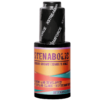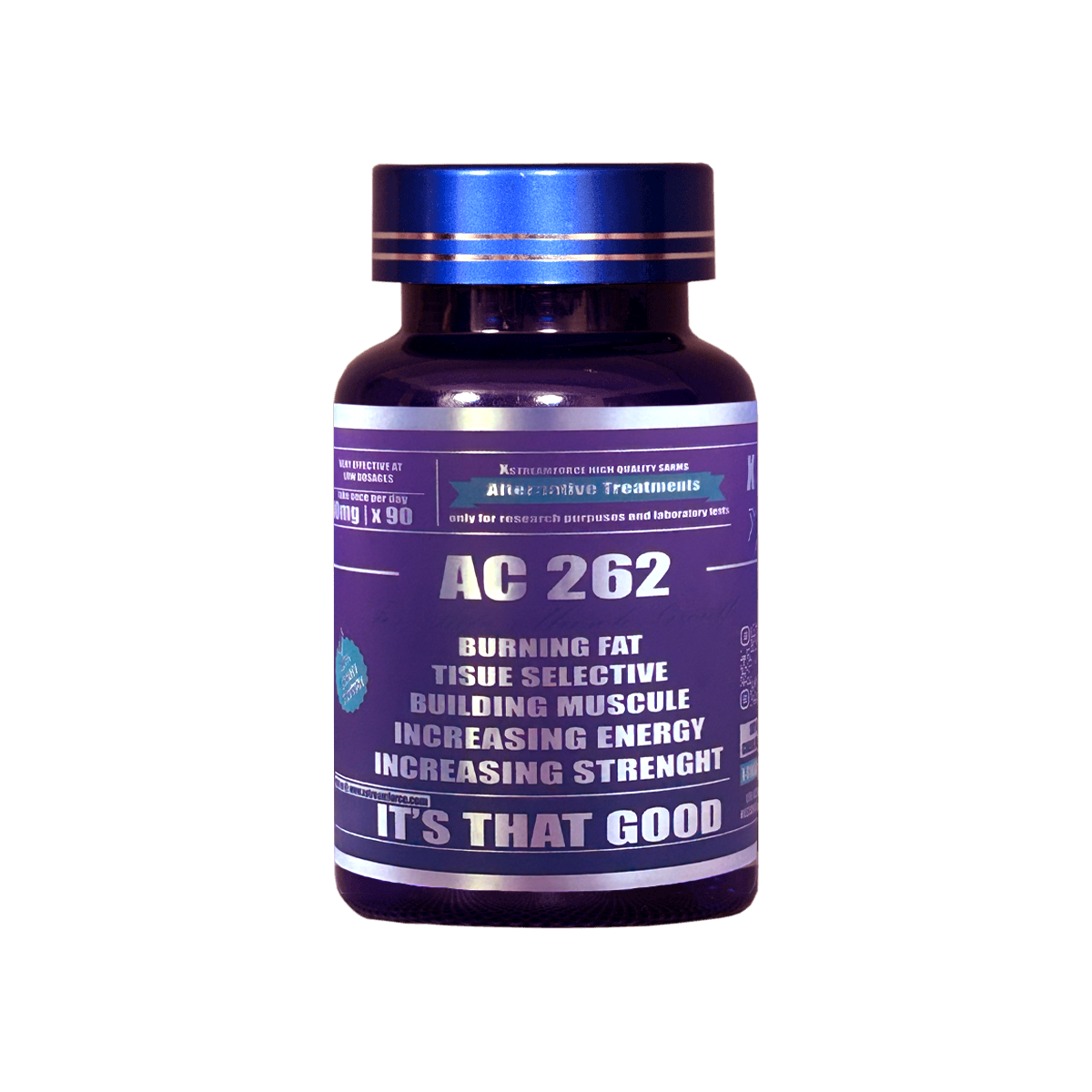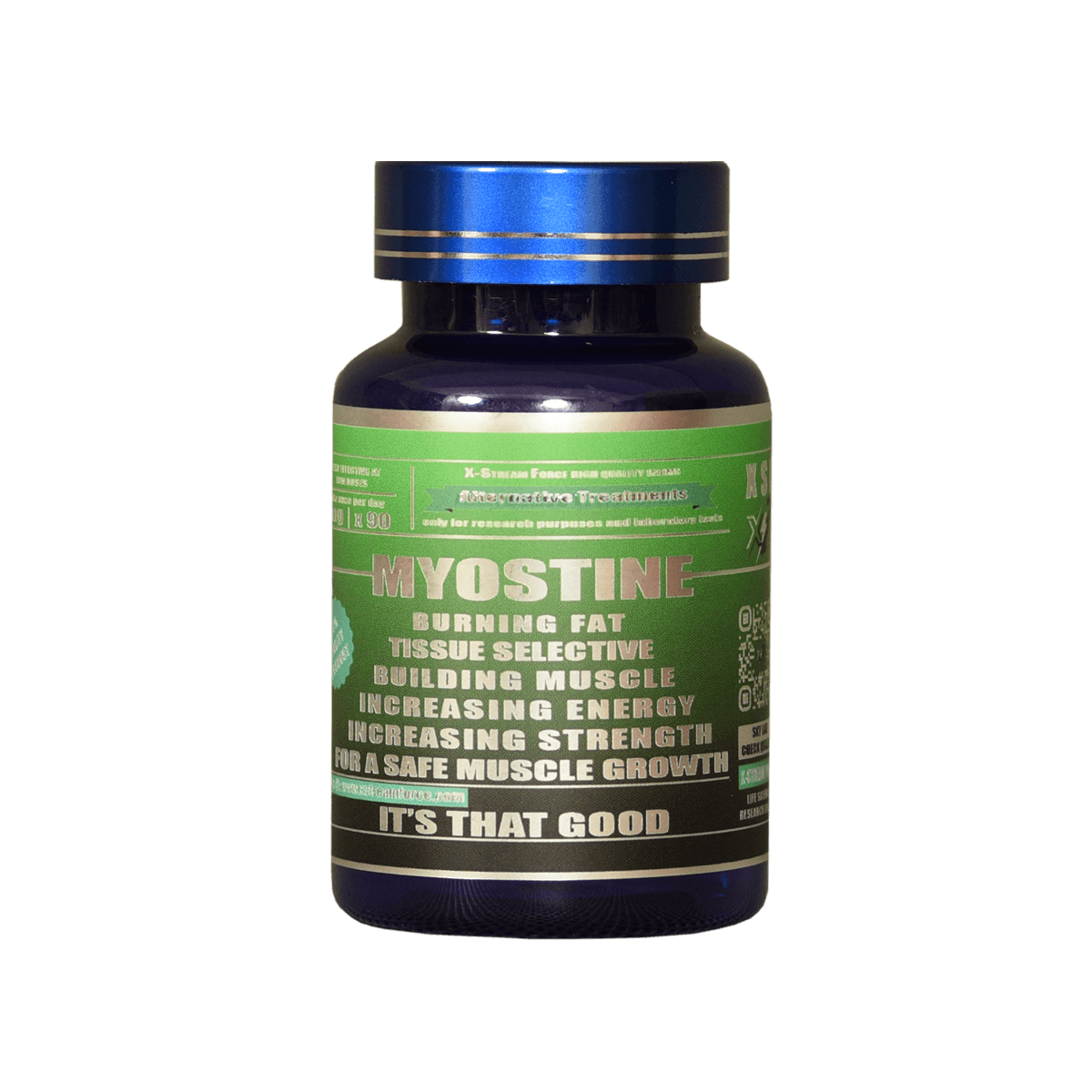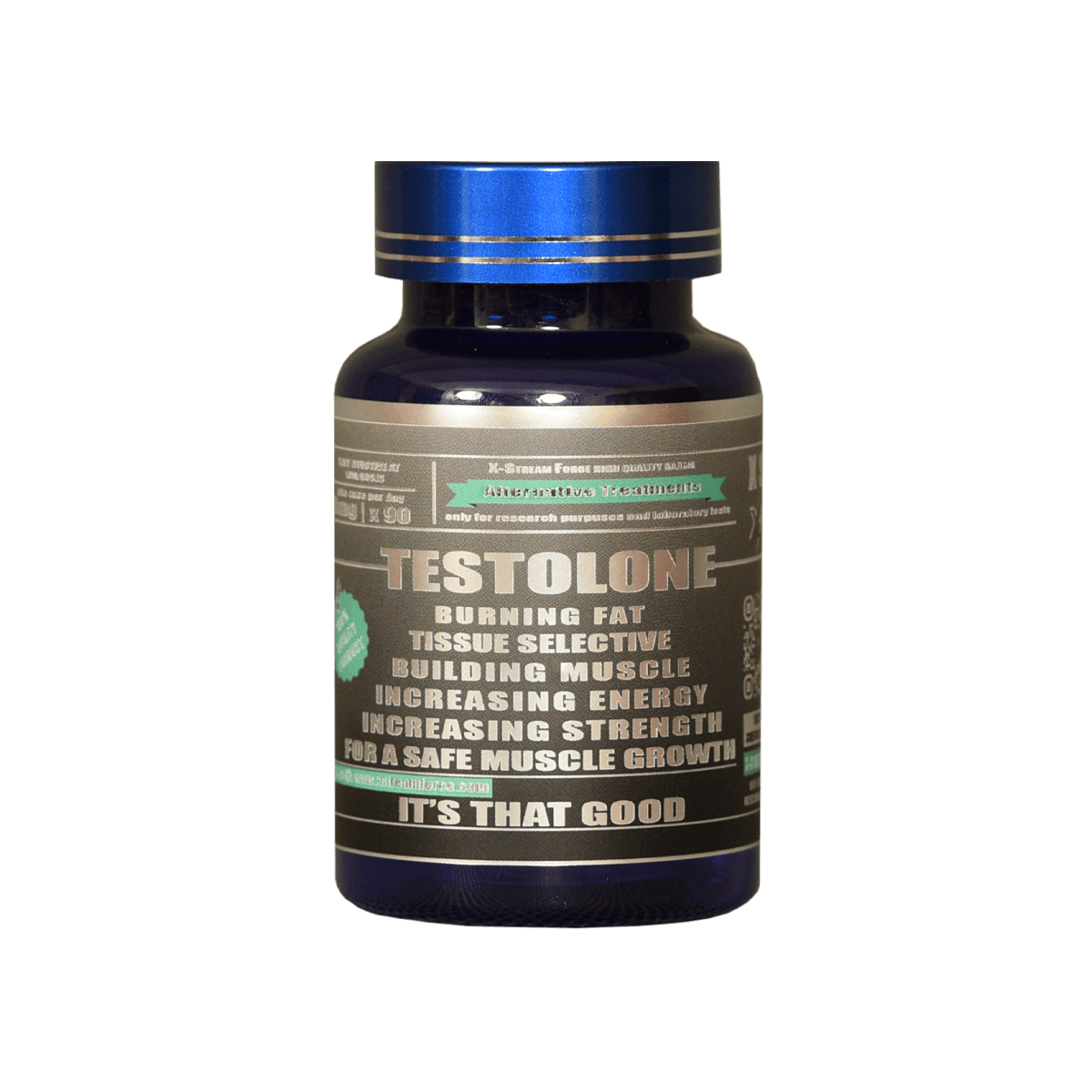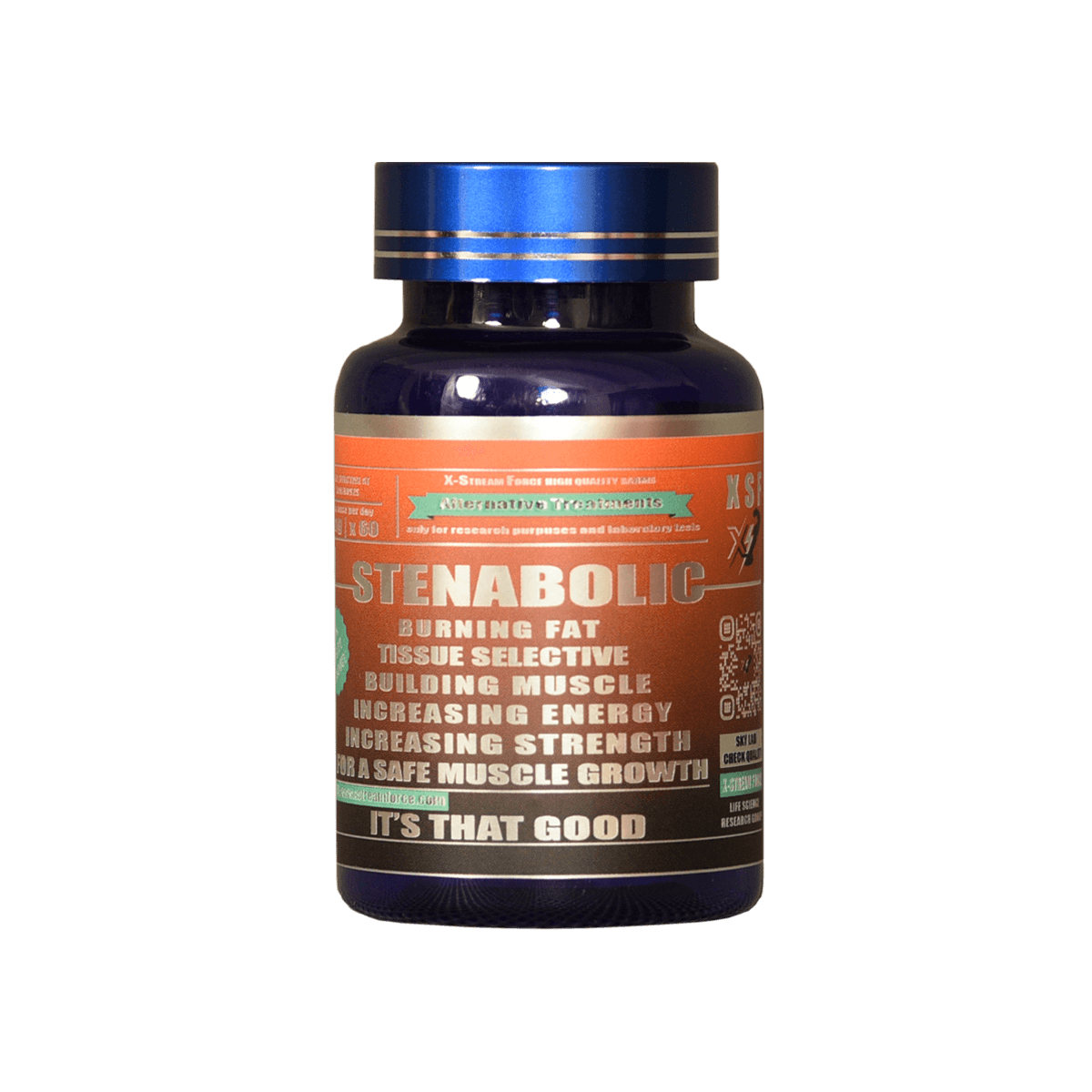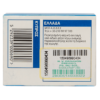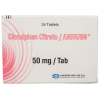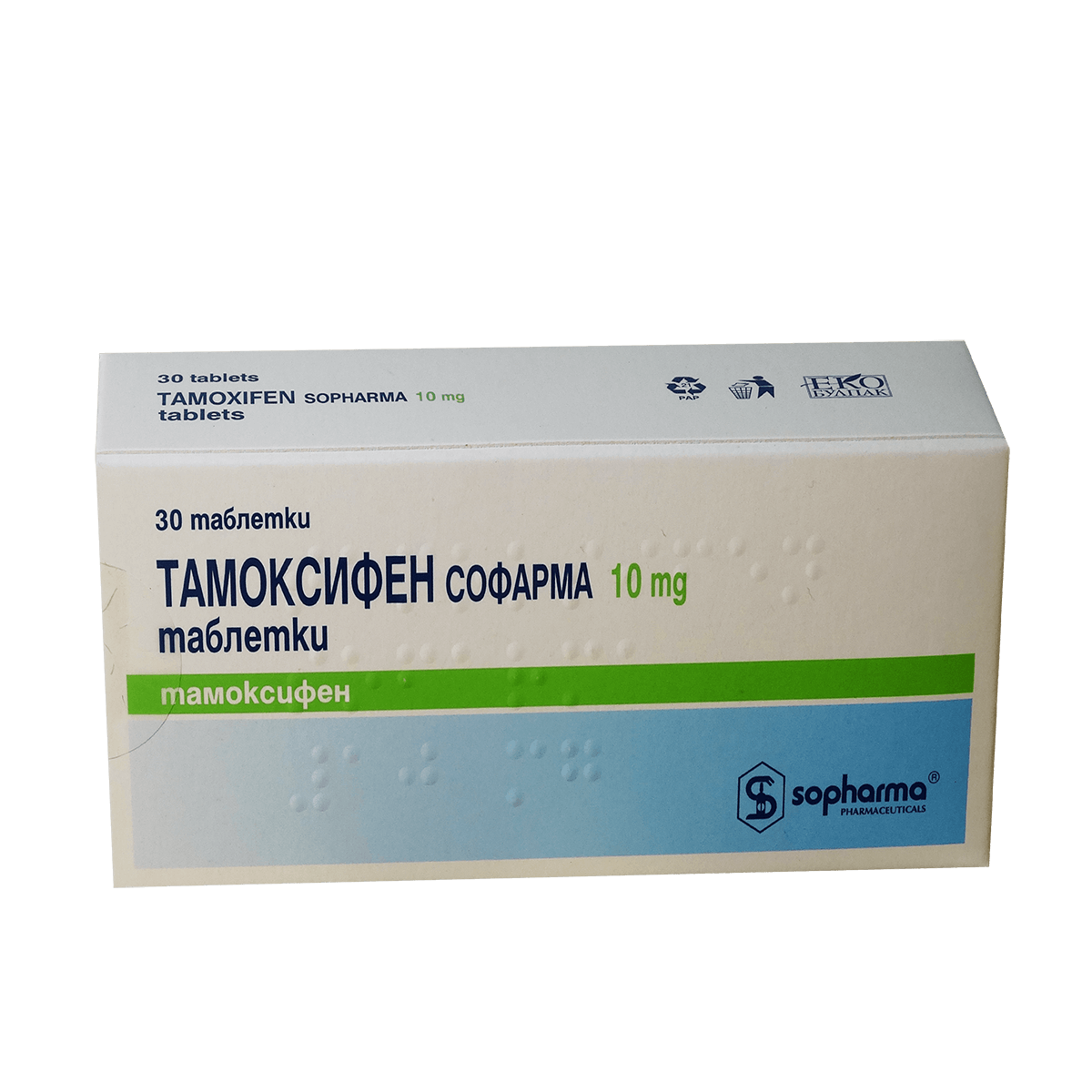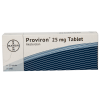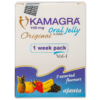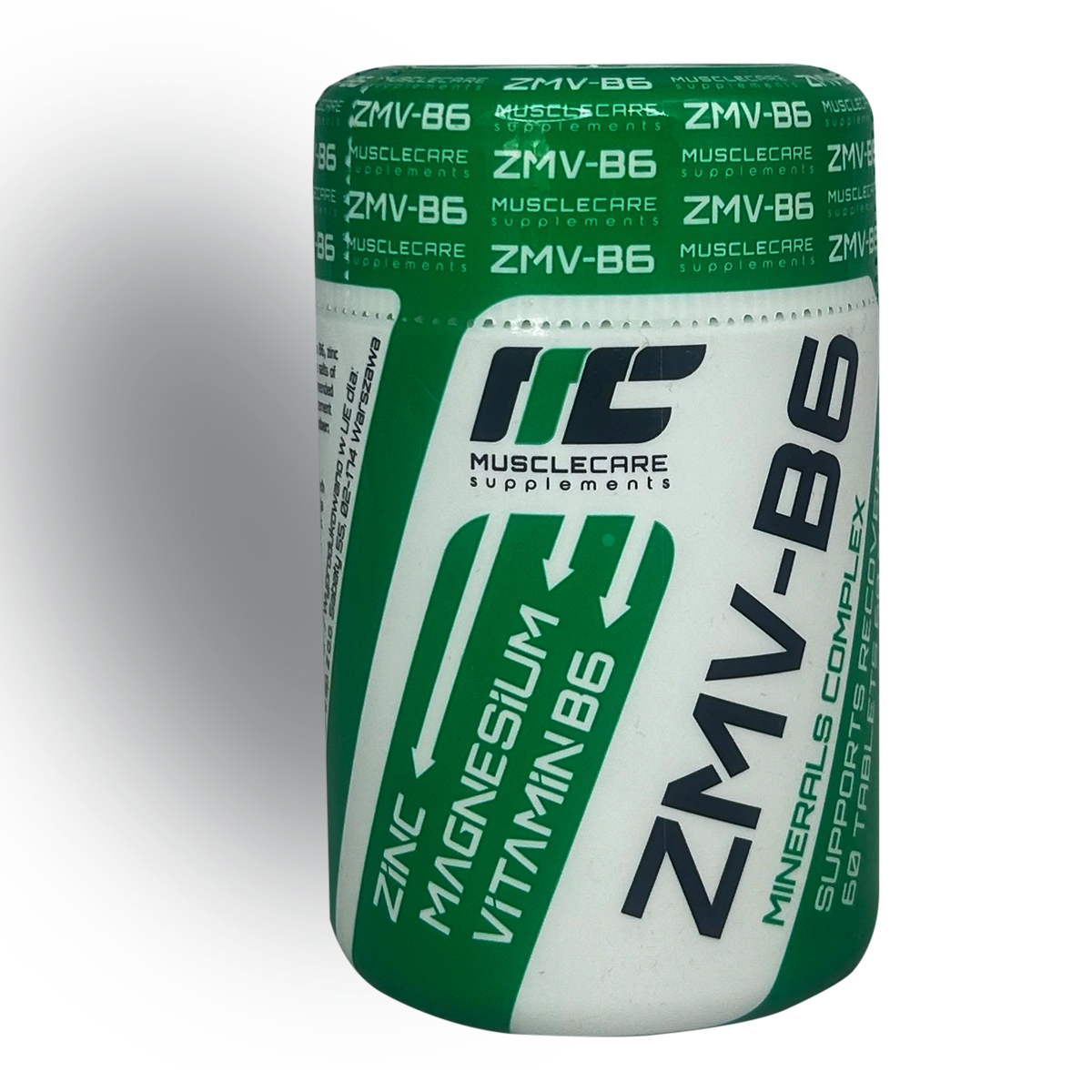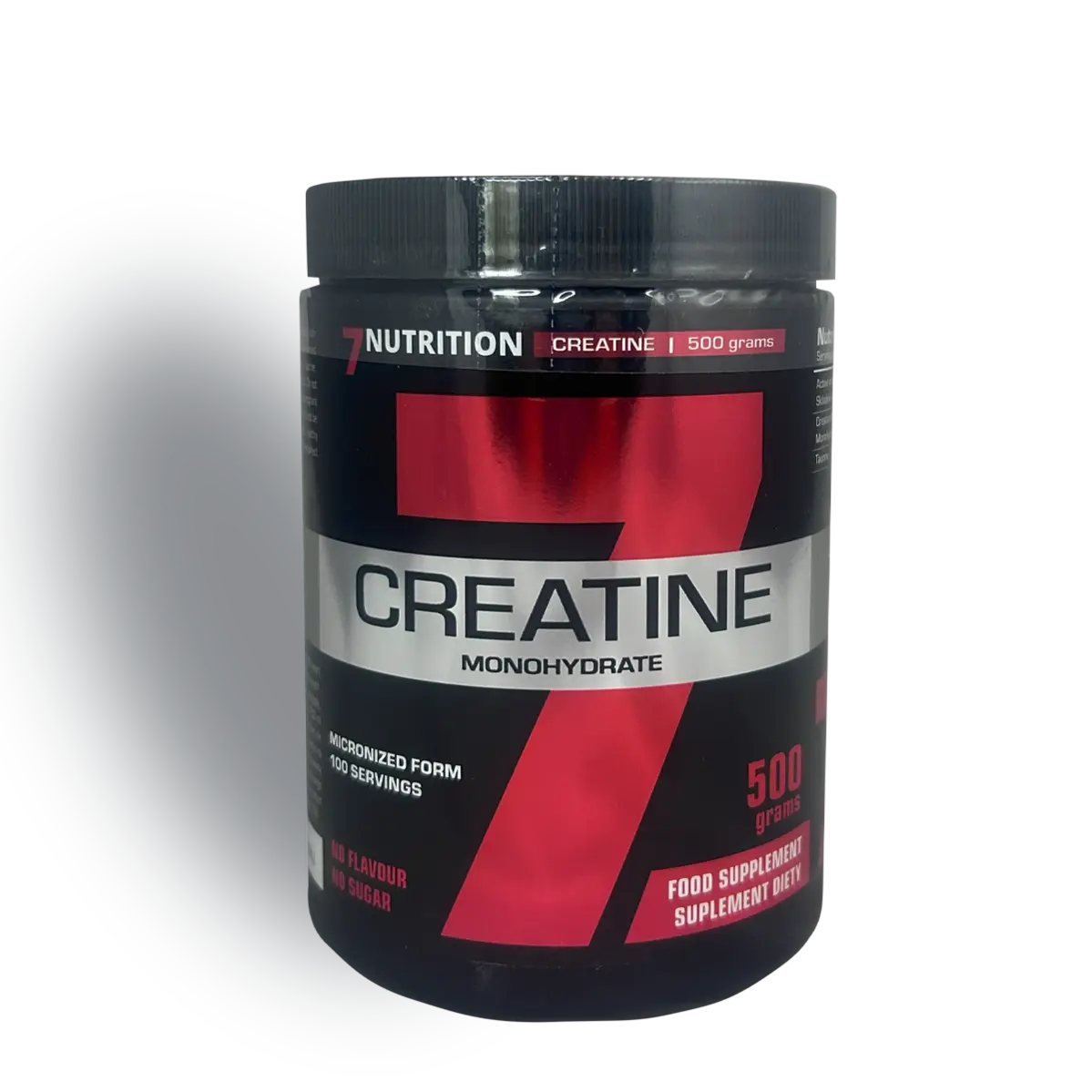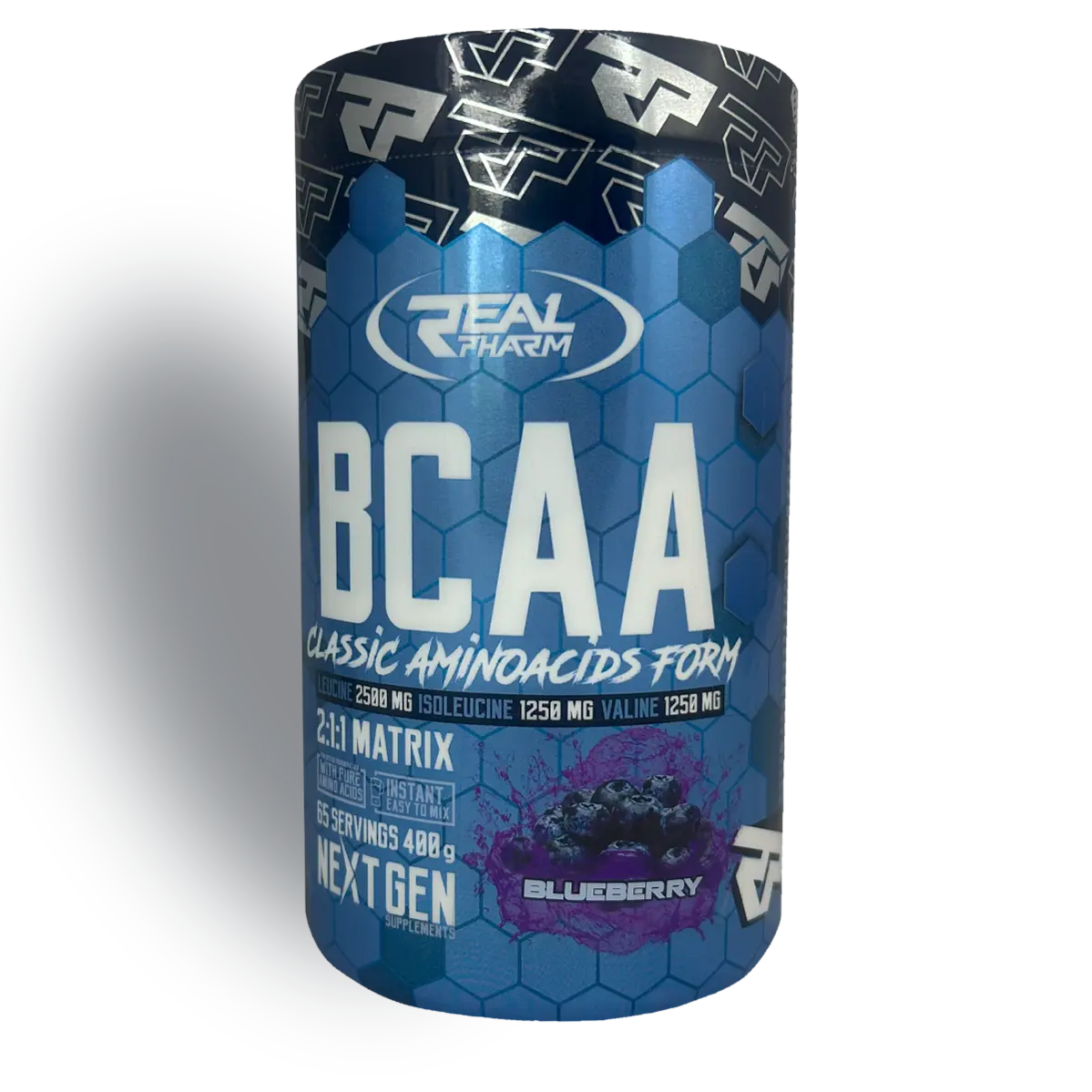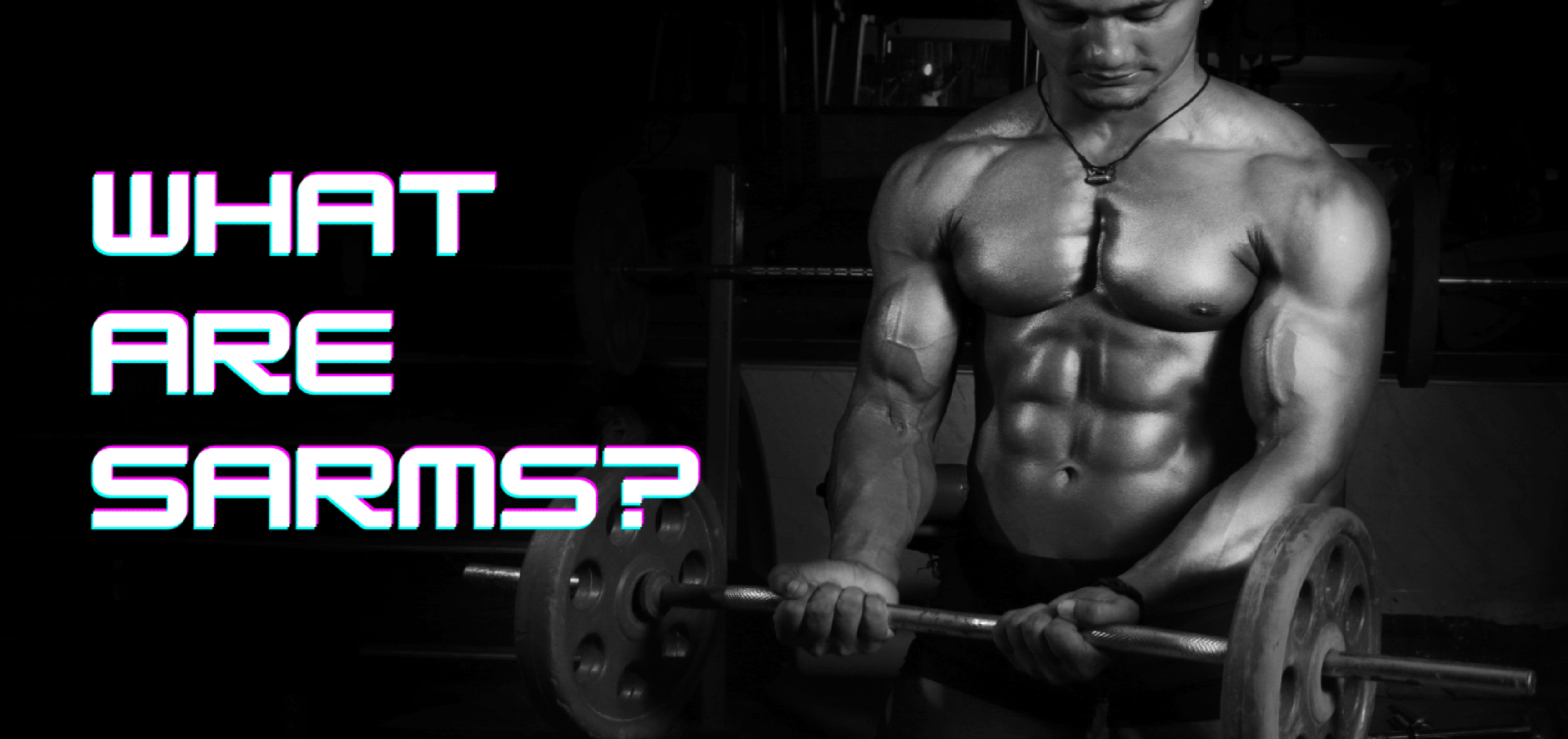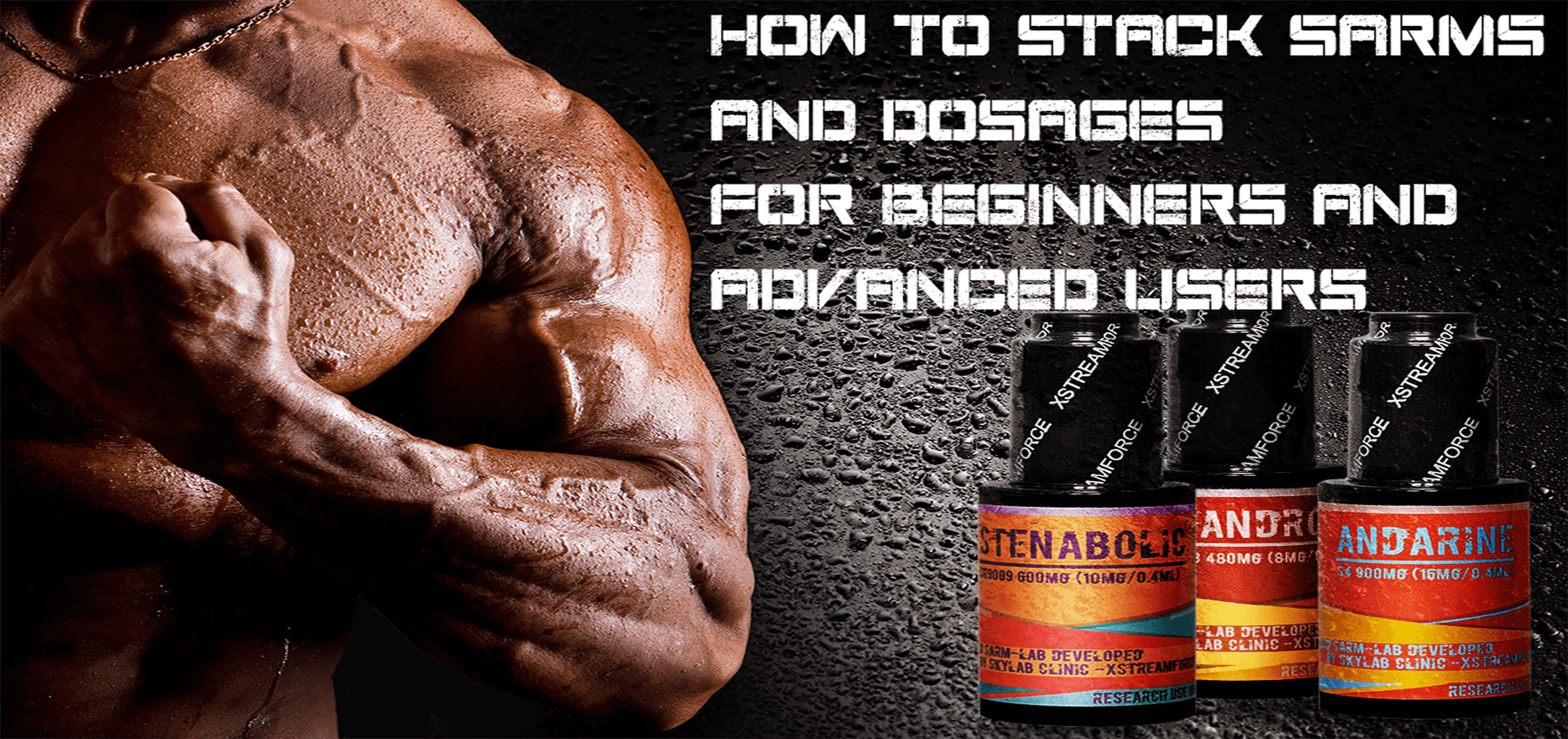What are SARMs
SARMs are used for many indications including osteoporosis, anemia, male contraception, male hypogonadism, and wound healing. SARMs may be either steroidal or non-steroidal.
Selective androgen receptor modulators (SARMs) are anabolic compounds that bind to androgen receptors. They have been studied as potential treatments for cancer, osteoporosis, sexual dysfunction, multiple sclerosis, Alzheimer’s disease, and muscle wasting. Recreational users of SARMs may take them in combination with each other on a cyclical basis. They may also practice post cycle therapy, which involves the use of SERMs in between cycles to help restore hormone balance.
Selective androgen receptor modulators (SARMs), which are becoming increasingly popular as performance-enhancing supplements due to their lean muscle mass-building, fat-cutting, endurance, and recovery properties, may be one example. People who take or consider taking products containing SARMs recreationally include fitness enthusiasts, bodybuilders, and those with physically demanding jobs.
The most popular SARMs currently on the market include Ostarine (MK-2866), Ligandrol (LGD-4033), Testolone (RAD-140), and Andarine (GTx-007, S-4).
SARMs: Alternative to Androgenic-Anabolic Steroids
Discovered in the late 1990s, SARMs are performance-enhancing agents that stimulate anabolism (i.e., increase muscle mass and strength) and facilitate recovery from exercise. SARMs are not anabolic steroids; rather, they are synthetic ligands that bind to androgen receptors (ARs). Depending on their chemical structure, they function as full agonists, partial agonists, or antagonists. Each SARM-AR complex possesses a different conformation, and various tissues (e.g., skeletal muscle, bone, prostate, brain, skin, liver) display a unique pattern of AR expression. It is, thus, in a tissue-selective manner that SARMs mediate coregulators and transcription factors or signaling cascade proteins to promote anabolic activity. Nonsteroidal SARMs serve as an attractive alternative to anabolic-androgenic steroids because they have fewer limitations. In contrast to steroidal androgen preparations, SARMs display high oral bioavailability. Nonsteroidal SARMs also exhibit diminished androgenic activity because they are not metabolized to dihydrotestosterone (DHT) by 5 alpha-reductase, an enzyme that is highly expressed in androgenic tissues. They are also not metabolized to estrogen by aromatase. For these features combined, nonsteroidal SARMs have been deemed to be advantageous over their steroidal counterparts. Indeed, SARMs have shown substantial therapeutic promise for male contraception and in the treatment of osteoporosis, prostate cancer, sexual dysfunction, benign prostatic hyperplasia, Alzheimer’s disease, muscular dystrophy, breast cancer, and muscle wasting associated with cachexia and sarcopenia. Fueled, at least in part, by the perception that SARMs are safer than anabolic steroids, recreational users are now leveraging the various anabolic profiles of different SARMs to selectively achieve results in terms of “bulking” and “cutting.” Bulking refers to a muscle-gaining phase that combines a weight-gain diet with intense weight training, whereas cutting refers to a fat-losing phase that combines adherence to a strict weight-loss diet with aerobic exercise and less-intense weight training. Anecdotal evidence claims that different SARMs yield different results in terms of bulking versus cutting, which is why bodybuilders and other fitness enthusiasts commonly use them in combination (or stacked) with each other.


